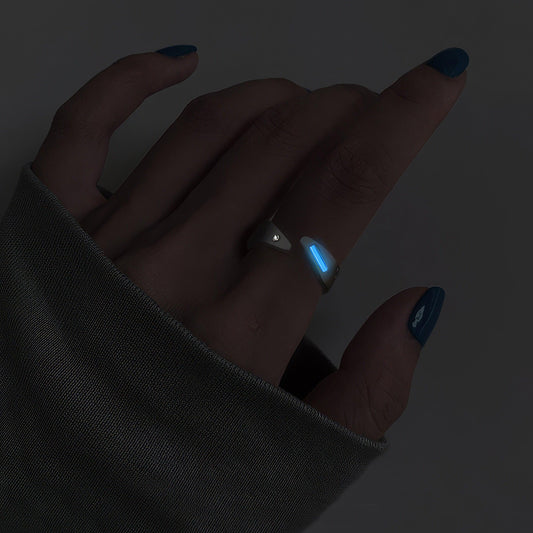Lab-Created Diamonds A Modern Marvel or Synthetic Substitute
Lab-Created Diamonds A Modern Marvel or Synthetic Substitute
Weddings and anniversaries are often marked by the sparkle of a diamond ring, a symbol of lasting commitment and luxury. But more and more, whispers of lab-created diamonds are entering conversations around such celebrations. A few months ago, my friend Anna excitedly showed off her new engagement ring, and to my surprise, she mentioned it featured a lab-created diamond. It was a revelation—one that left me pondering the potential of these gems.
Diamonds grown in a laboratory are not the rhinestone or cubic zirconia of yesteryear. These are genuine diamonds, created by simulating the earth’s natural processes, including high pressure and heat. The result is a stone that is optically, physically, and chemically identical to one mined from the earth. And that’s not just marketing speak—it's a matter of science. In truth, even with a jeweler’s loupe, you'd be hard-pressed to see the difference.
There’s something emotionally grounding about the thought of wearing a diamond that didn't cause any harm to the planet. Traditional diamond mining has long been fraught with environmental and ethical issues, from deforestation to human rights violations. Lab-created diamonds sidestep these concerns, offering a more sustainable and conscientious alternative. It’s a choice that feels right, knowing you're not unknowingly supporting negative practices.
Yet, there are die-hard traditionalists who feel a diamond formed over millions of years in the earth holds more intrinsic value than one created in weeks in a lab. For them, the romance lies in the history and rarity of natural diamonds. And that's okay. I suppose there's a kind of thrill in the idea that a piece of the earth's crust is now an adornment on your finger.
I recall meandering through a jewelry store, eyeing a particularly stunning necklace only to discover that it was adorned with lab-created diamonds. It suddenly struck me—fashion doesn’t just evolve in terms of styles or cuts; it now embraces materials that prioritize ethical creation. And these diamonds often come at a lower cost, allowing for larger or more intricate designs without compromising on quality.
However, it’s worth remembering that the emotional value of a diamond, whether lab-created or mined, is inherently personal. Some might argue that lab-created diamonds lack the narrative of earth-mined stones, but isn’t it interesting how evolving technology writes its own story? Perhaps Anna’s ring doesn’t have millennia of history embedded within it, but it certainly speaks to the forward-thinking values she and her partner cherish.
In the end, whether you lean towards a lab-grown gem or a traditional mined stone, the choice uniquely reflects individual values and personality. As for me, I think the real beauty lies in the thoughtfulness behind that choice—or maybe it’s just the way these gems catch the light, entrancing in their own right.




























